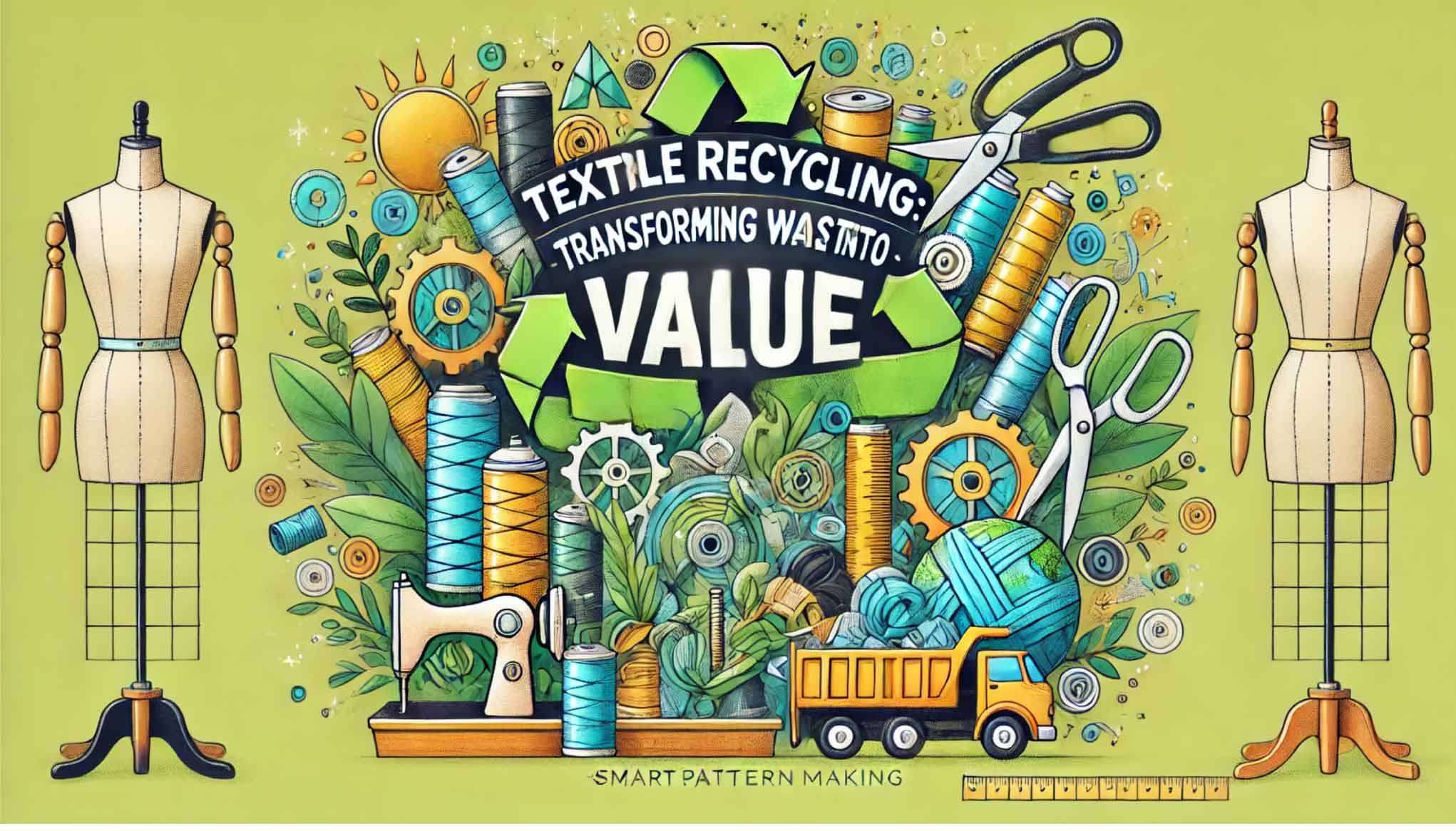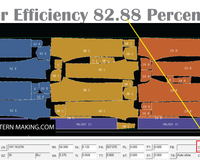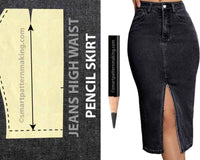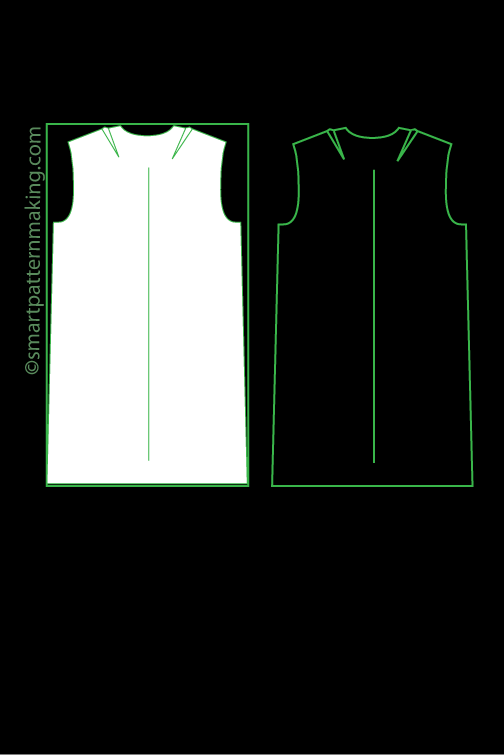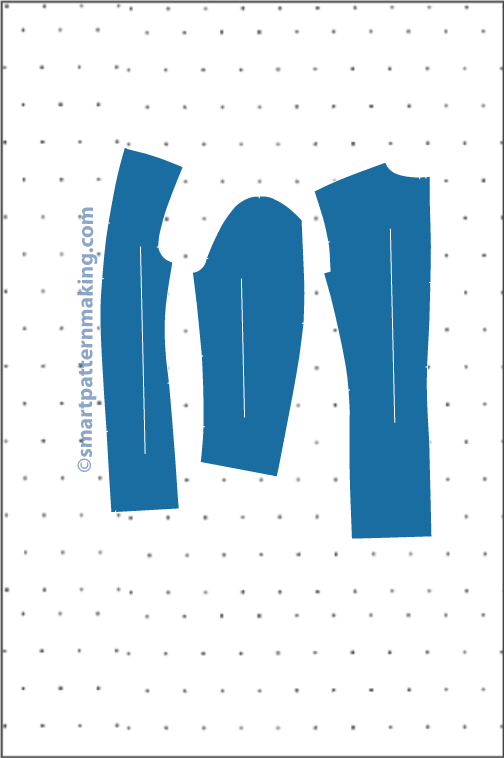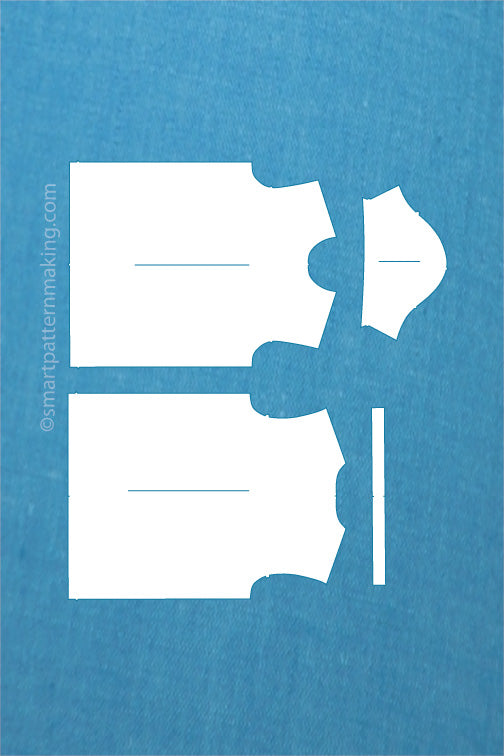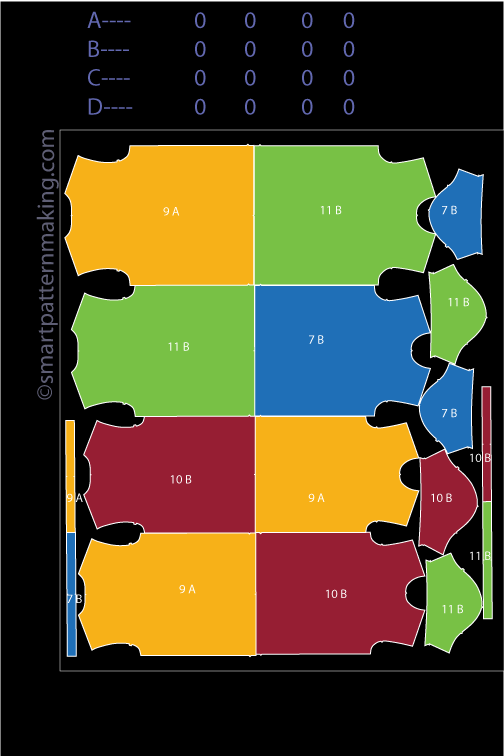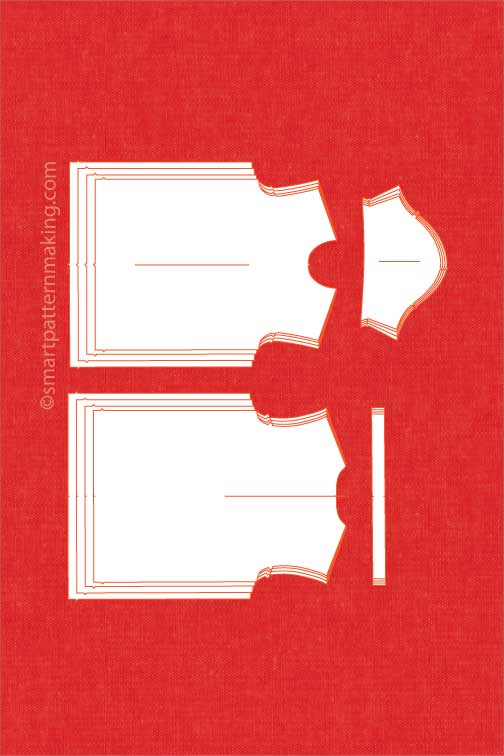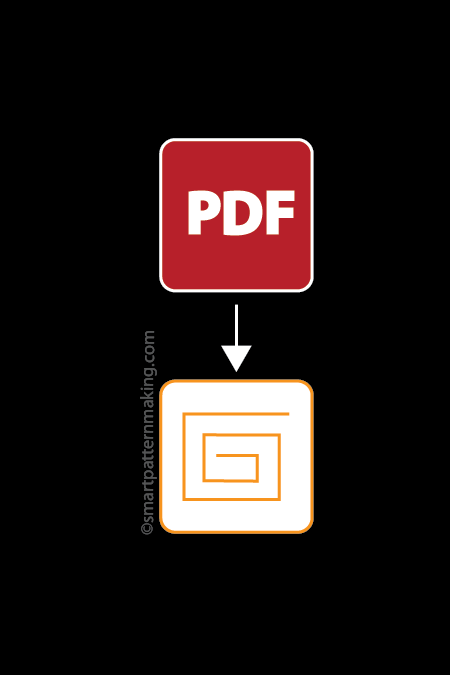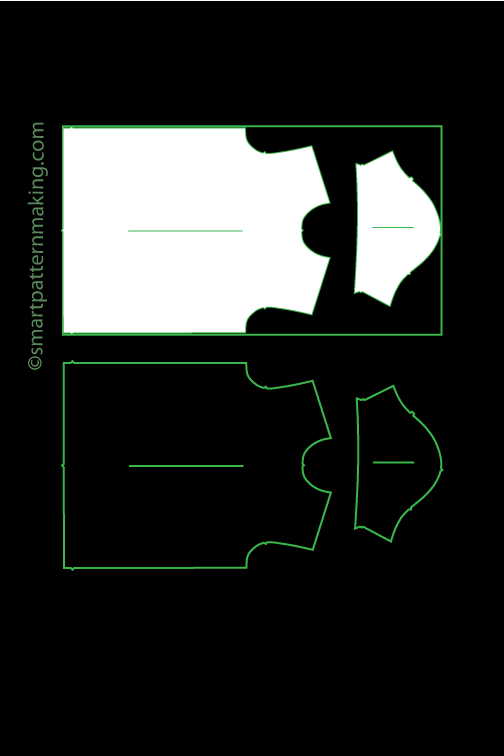Introduction
Textile recycling is becoming increasingly important in a world where the fashion industry is one of the leading contributors to environmental degradation. With the rise of fast fashion, the volume of textile waste has skyrocketed, posing significant challenges to waste management and sustainability. This guide delves into the various facets of textile recycling, exploring innovative solutions, guidelines from the Environmental Protection Agency (EPA), and the integration of recycling into a circular economy. By embracing these practices, we can reduce textile waste, conserve resources, and promote a sustainable future for the fashion industry.
Waste Management: Reducing Textile Waste Impact
Reducing textile waste is critical for effective waste management. With fast fashion on the rise, clothing disposal has become a significant issue. Participating in recycling programs, supporting initiatives like TerraCycle, and choosing sustainable fashion can turn textile waste into valuable resources. Programs like USAgain play a vital role in promoting environmental sustainability by turning textile waste into valuable resources. Furthermore, closed-loop recycling systems ensure that materials are continuously reused, minimizing waste.
Comparison of Waste Management Practices:
| Practice | Impact on Waste Reduction | Example Initiative |
|---|---|---|
| Fabric Recycling | High | TerraCycle |
| Textile Upcycling | Moderate | Local Upcycling Projects |
| Clothing Reselling | High | Thrift Stores |

Environmental Protection Agency: Guidelines for Textile Recycling
The Environmental Protection Agency (EPA) provides essential guidelines for textile recycling to ensure sustainability. These guidelines cover the entire lifecycle of textiles, from production to disposal, focusing on waste reduction, resource efficiency, and material recovery.
EPA Guidelines Impact:
| Aspect | Impact | Example |
|---|---|---|
| Waste Reduction | Significant | Material Recovery Facilities |
| Resource Efficiency | High | Textile Mills |
| Environmental Protection | Comprehensive | Recycling Programs |
By following EPA guidelines, you can contribute to a circular economy and promote the recycling of both natural fibers and synthetic fibers. Supporting recycling programs and initiatives that align with EPA guidelines can significantly enhance environmental sustainability.

Fast Fashion: The Need for Textile Recycling
Fast fashion has dramatically increased textile waste, making textile recycling more crucial than ever. The rapid production and consumption of cheap clothing result in massive amounts of fabric waste. To combat this, sustainable practices like clothing reselling, upcycling, and fabric recycling must be adopted.
Fast Fashion vs. Sustainable Fashion:
| Aspect | Fast Fashion | Sustainable Fashion |
|---|---|---|
| Production Speed | Very Fast | Moderate |
| Waste Generation | High | Low |
| Environmental Impact | High | Low |
By choosing sustainable fashion and supporting recycling initiatives, you can help reduce the environmental impact of fast fashion and promote a more sustainable industry. Learn more about the impact of fast fashion from Good On You.

TerraCycle: Innovative Textile Recycling Solutions
TerraCycle specializes in innovative textile recycling solutions. By collecting hard-to-recycle materials and turning them into new products, TerraCycle helps transform textile waste into valuable resources. Supporting TerraCycle’s initiatives contributes to waste management and material recovery, promoting a circular economy.
TerraCycle's Impact:
| Metric | Before TerraCycle | After TerraCycle |
|---|---|---|
| Textile Waste | High | Reduced |
| Material Reuse | Low | Increased |
| Environmental Impact | High | Lowered |
Greenwashing: Recognizing True Sustainable Practices
Greenwashing can make it difficult to identify genuinely sustainable practices. To avoid greenwashing, look for companies and brands that are transparent about their recycling processes and use eco-friendly textiles.
Identifying Greenwashing:
-
Transparency
- Greenwashing: Low
- Genuine Sustainability: High
-
Eco-Friendly Claims
- Greenwashing: Exaggerated
- Genuine Sustainability: Accurate
-
Certifications
- Greenwashing: Few
- Genuine Sustainability: Many
Supporting ethical fashion and sustainable fashion brands ensures that your choices positively impact the environment. Recognizing and avoiding greenwashing is crucial for promoting environmental sustainability.

Clothing Disposal: Effective Recycling Methods
Proper clothing disposal is key to effective textile recycling. Instead of throwing away old clothes, consider:
- Donating them to clothing drives
- Recycling them through programs like USAgain
Clothing Disposal Methods:
| Method | Impact | Example |
|---|---|---|
| Donation | High | Clothing Drives |
| Recycling Programs | High | USAgain |
| Landfill | Negative | - |
These methods help reduce textile waste and support waste reduction. By choosing sustainable disposal options, you contribute to the circular economy and promote clothing sustainability.

Circular Economy: Integrating Textile Recycling
Integrating textile recycling into a circular economy is essential for sustainability. This approach ensures that textiles are reused, recycled, and upcycled, reducing waste and promoting resource conservation.
Circular Economy Model:

Supporting recycling initiatives and participating in clothing reselling helps create a closed-loop system that minimizes fashion waste and maximizes the value of textile resources. The Ellen MacArthur Foundation provides extensive resources on circular economy practices.
Upcycling: Creative Approaches to Textile Waste
Upcycling involves creatively reusing textile waste to make new products. This approach reduces waste and promotes sustainability by giving old materials a new life.
Upcycling Examples:
- Old Jeans: Tote Bags (DIY Projects)
- T-Shirts: Quilts (Craft Workshops)
- Fabric Scraps: Art Pieces (Community Events)
Participating in upcycling projects or supporting brands that prioritize upcycling helps reduce fabric waste. Upcycling is a key component of a circular economy, transforming discarded materials into valuable resources.

Environmental Sustainability: The Role of Textile Recycling
Textile recycling plays a significant role in promoting environmental sustainability. By recycling textiles, we reduce the amount of waste that ends up in landfills, conserve resources, and minimize the environmental impact of textile production.
Environmental Impact Reduction:
| Aspect | Without Recycling | With Recycling |
|---|---|---|
| Waste in Landfills | High | Low |
| Resource Use | High | Efficient |
| Pollution | High | Reduced |
Supporting sustainable fashion and recycling programs ensures that textile resources are used efficiently and sustainably, contributing to a healthier planet. Learn more about environmental sustainability from the United Nations Environment Programme (UNEP).
Sustainable Fashion: The Future of Textile Recycling
Sustainable fashion focuses on reducing the environmental impact of clothing production and disposal. By choosing eco-friendly textiles, supporting recycling programs, and participating in clothing reselling, you contribute to the future of sustainable fashion.
Sustainable Fashion Practices:
| Practice | Environmental Benefit | Example |
|---|---|---|
| Eco-Friendly Materials | Reduced Pollution | Organic Cotton |
| Recycling Programs | Less Waste | TerraCycle |
| Clothing Reselling | Extended Use | Thrift Stores |
This approach ensures that fashion is both stylish and environmentally responsible, promoting clothing sustainability and reducing fashion waste. For more information, visit the Sustainable Apparel Coalition.
Clothing Reselling: Extending the Life of Textiles
Clothing reselling extends the life of textiles and reduces waste. By buying secondhand clothing or selling your old clothes, you help keep textiles out of landfills and support the circular economy.
Benefits of Clothing Reselling:
| Benefit | Impact | Example |
|---|---|---|
| Waste Reduction | Significant | Thrift Stores |
| Economic Savings | High | Secondhand Shops |
| Environmental Impact | Lowered | Online Marketplaces |
Reselling clothes is a sustainable practice that promotes waste reduction and environmental sustainability. Learn more about the benefits of secondhand clothing from ThredUp.
Fabric Recycling: Processes and Benefits
Fabric recycling involves converting old textiles into new materials. This process reduces textile waste and supports the circular economy.
Fabric Recycling Process:
- Collection: Gathering old textiles
- Sorting: Categorizing by material
- Processing: Breaking down and reusing fibers
- Manufacturing: Creating new products
Benefits of Fabric Recycling:
| Benefit | Impact |
|---|---|
| Waste Reduction | High |
| Resource Conservation | Significant |
| Environmental Impact | Lowered |
Participating in fabric recycling programs helps conserve resources and minimize the environmental impact of textile production. Recycling fabrics promotes material recovery and the efficient use of resources, contributing to environmental sustainability. Learn more from the Council for Textile Recycling.

Textile Recycling: Essential Practices for Sustainability
Textile recycling is essential for promoting environmental sustainability. By recycling textiles, you help reduce waste, conserve resources, and support the circular economy.
Essential Practices:
| Practice | Benefit |
|---|---|
| Proper Disposal | Less Landfill Waste |
| Supporting Programs | Increased Recycling Rates |
| Choosing Sustainable Fashion | Reduced Environmental Impact |
These efforts ensure that textile resources are used efficiently and sustainably, contributing to a healthier planet. For additional insights, visit the World Resources Institute.

Textile Milling: Incorporating Recycled Fibers
Textile milling involves processing raw materials to create textiles. By incorporating recycled yarns and fibers, textile milling promotes environmental sustainability.
Textile Milling Process:
- Raw Material Collection: Gathering recycled fibers
- Fiber Processing: Cleaning and preparing fibers
- Yarn Production: Spinning fibers into yarn
- Fabric Production: Weaving or knitting yarn into fabric
Supporting textile mills that use recycled materials helps promote sustainable practices in the textile industry. Learn more about sustainable textile practices from the Textile Exchange.
Overproduction: Addressing Excess Through Recycling
Overproduction in the fashion industry leads to significant waste. Addressing overproduction through textile recycling and upcycling helps reduce the environmental impact.
Impact of Overproduction:
| Issue | Solution | Example |
|---|---|---|
| Excess Inventory | Recycling | Clothing Drives |
| Waste Generation | Upcycling | DIY Projects |
| Environmental Impact | Reduced | Sustainable Fashion |
Supporting initiatives that focus on recycling excess textiles and promoting sustainable fashion helps mitigate the effects of overproduction, contributing to a more sustainable industry. For more information, visit the Fashion Revolution.
Conclusion
Textile recycling is not just a necessity but a powerful tool in the fight against environmental degradation caused by the fashion industry. By adopting sustainable practices such as fabric recycling, upcycling, and clothing reselling, we can significantly reduce textile waste and its impact on the environment. Supporting initiatives like those from TerraCycle and following EPA guidelines help integrate recycling into our daily lives, fostering a circular economy. Ultimately, transforming textile waste into valuable resources is crucial for promoting environmental sustainability and ensuring a greener future for the fashion industry.

